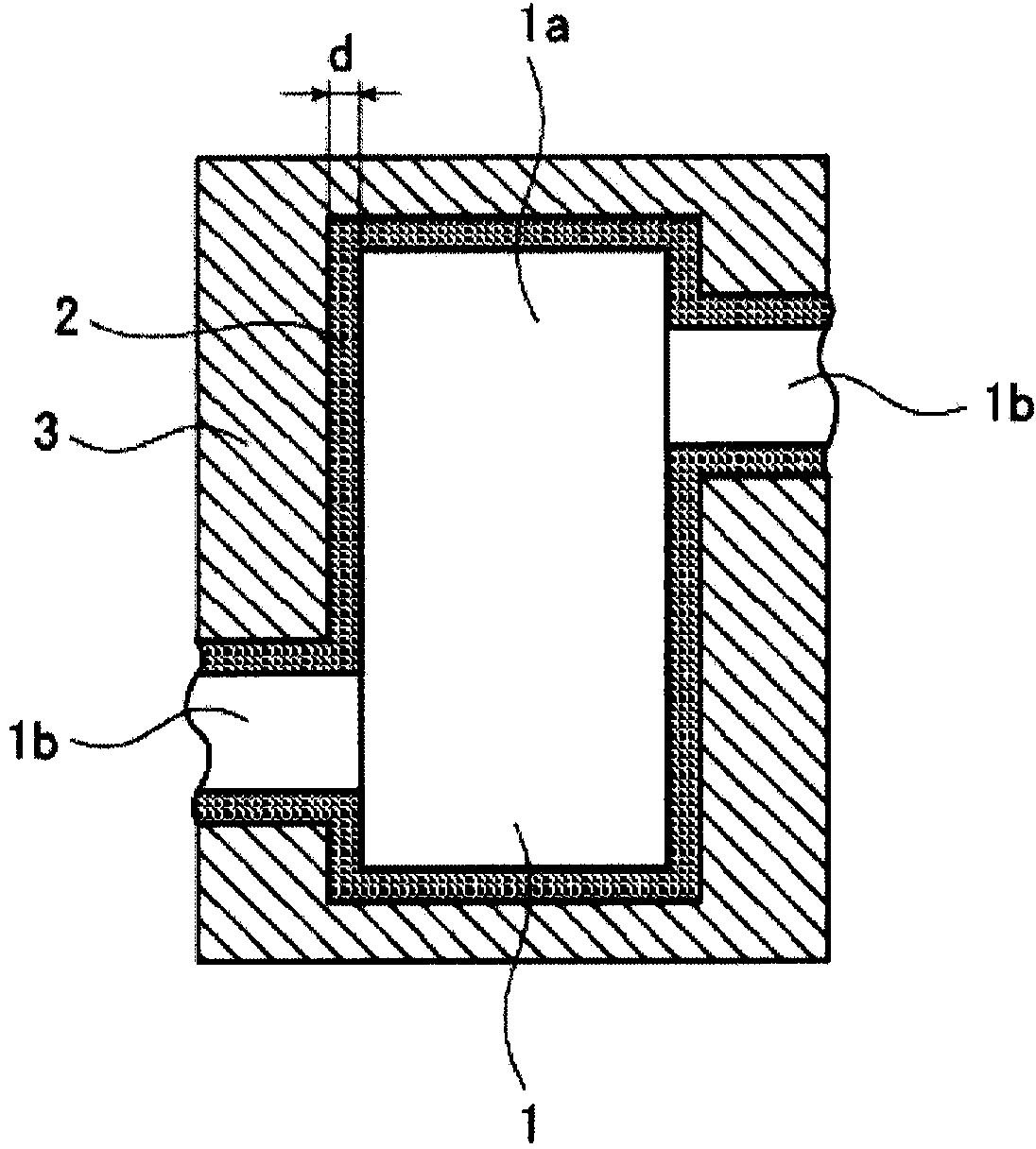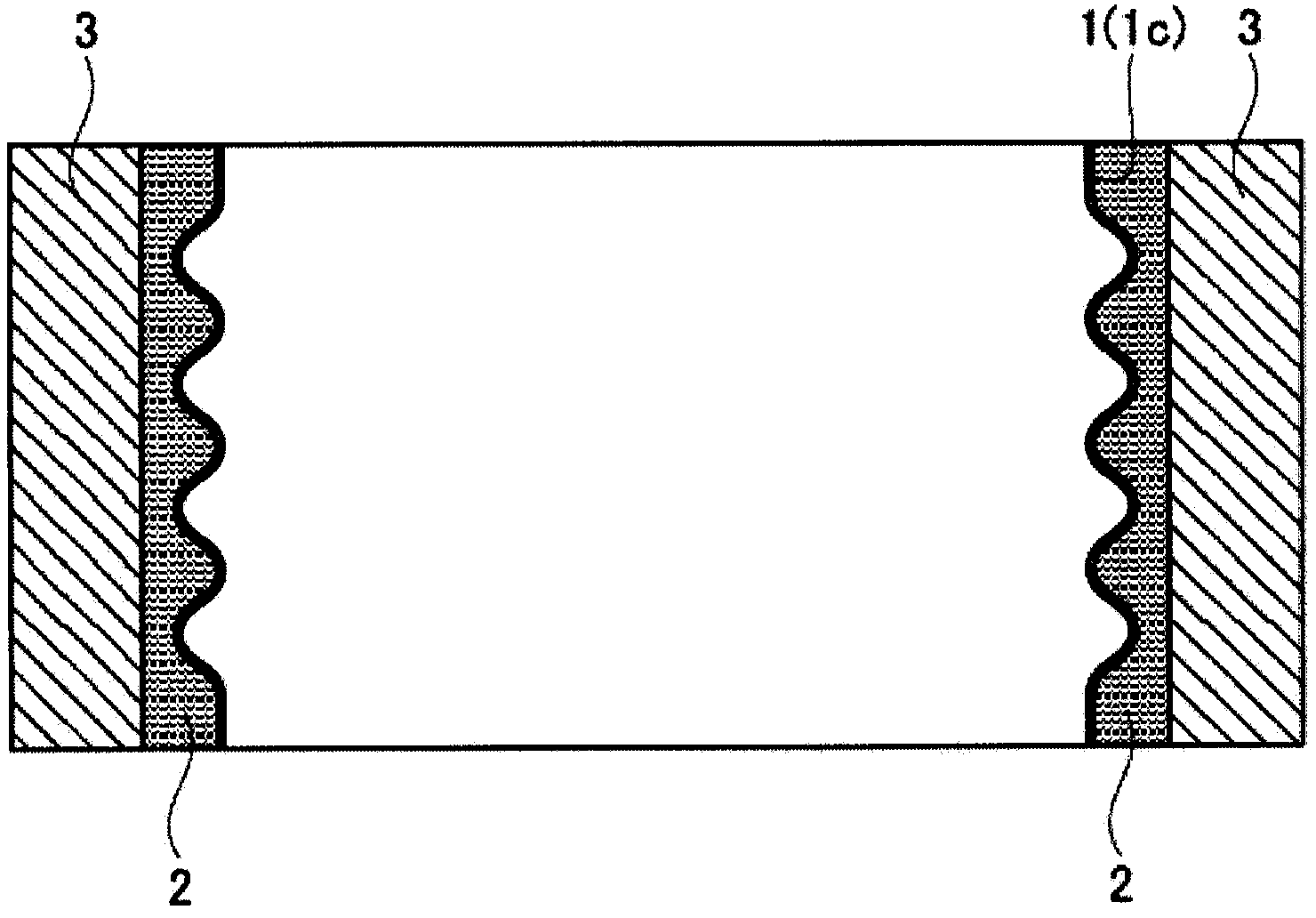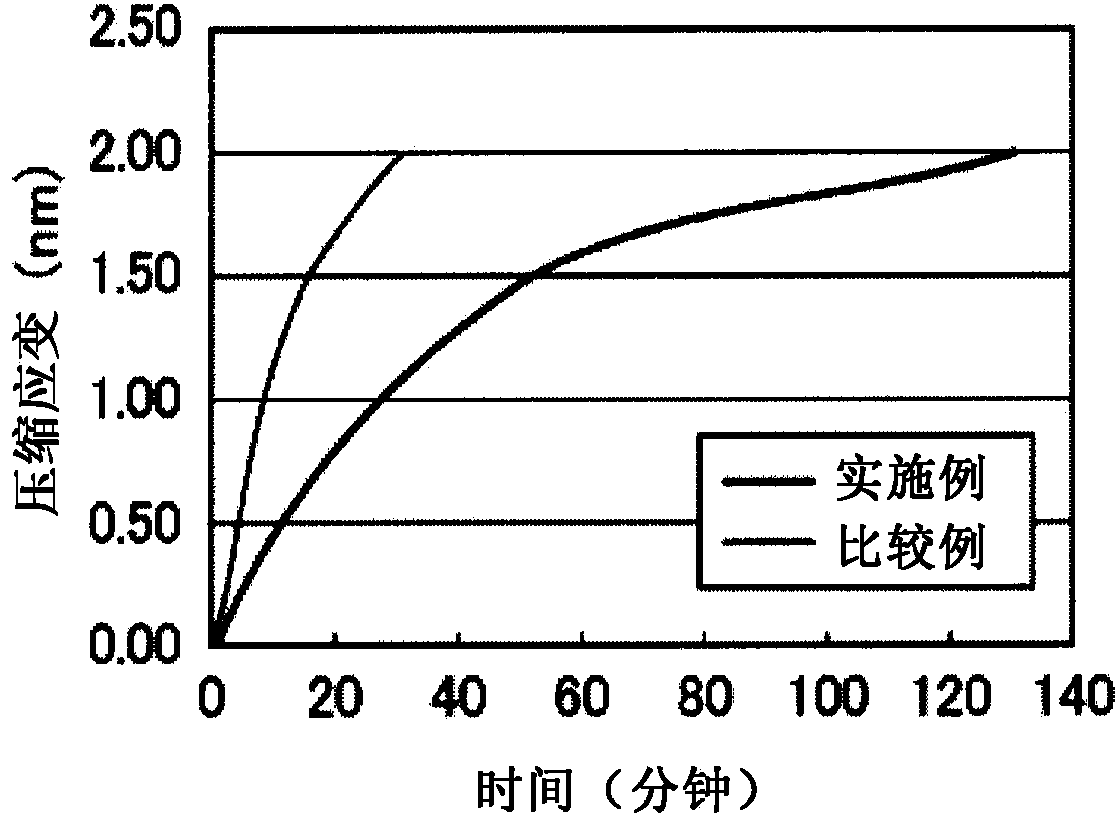Molten glass conveying equipment element, method for producing molten glass conveying equipment element, and glass manufacturing apparatus
A technology for melting glass and handling equipment, applied in glass furnace equipment, glass manufacturing equipment, manufacturing tools, etc., can solve problems such as reduced productivity and shortened equipment life, and achieve the effect of preventing deformation of the catheter
- Summary
- Abstract
- Description
- Claims
- Application Information
AI Technical Summary
Problems solved by technology
Method used
Image
Examples
preparation example Construction
[0115] In the preparation method of the above-mentioned slurry, the reason for using a pH adjuster when making the slurry precursor is that in order to uniformly disperse the first stabilized zirconia particles into the ion-exchanged water, the pH needs to be adjusted to be weakly alkaline (pH approx. 7 to about 9).
[0116] CaO, ammonia, potassium carbonate, etc. can be used as a pH adjuster. Among them, CaO is preferable because it is easy to handle and has little residue after heating.
[0117] When CaO is used as the pH adjuster, it is preferably 0.01 to 0.2% by weight, more preferably 0.02 to 0.1% by weight, and even more preferably 0.03 to 0.5% by weight based on the mass % of the total composition of the slurry.
[0118] In order to improve the handleability at normal temperature, an organic binder is blended into the slurry as needed.
[0119] As the organic binder, methylcellulose, liquid paraffin, polyethylene glycol and the like can be used. As an organic binder ...
experiment example 1~7
[0180] As the first particles, fully stabilized zirconia particles F1, F2 and F3 having median diameters D50 of 15 μm (D90 45 μm), 0.96 μm (D90 1.8 μm) and 0.15 μm (D90 0.9 μm), respectively, were prepared. In addition, among these particles, the particle F2 satisfies the median diameter D50 of the first stabilized zirconia particles in the present invention. The particles F1, F2, and F3 all contained 12% by mass of yttrium oxide as a stabilizer, each contained 87% by weight of zirconia, and each accounted for 95% by weight of cubic zirconia in zirconia.
[0181] Blended at a mass ratio of 76.85% for particles F1, F2, and F3, 23% for ion-exchanged water, 0.05% for CaO (pH regulator), and 0.1% for Metros (organic binder, manufactured by Shin-Etsu Chemical Co., Ltd.) , Using a zirconia tank and balls, ball mill mixing was performed for 3 hours to prepare a slurry precursor.
[0182] Here, for the slurry precursor using the particles F1 whose median diameter D50 exceeds 5 μm, th...
PUM
| Property | Measurement | Unit |
|---|---|---|
| Compressive strength | aaaaa | aaaaa |
| Coefficient of linear thermal expansion | aaaaa | aaaaa |
| Compressive strength | aaaaa | aaaaa |
Abstract
Description
Claims
Application Information
 Login to View More
Login to View More - R&D Engineer
- R&D Manager
- IP Professional
- Industry Leading Data Capabilities
- Powerful AI technology
- Patent DNA Extraction
Browse by: Latest US Patents, China's latest patents, Technical Efficacy Thesaurus, Application Domain, Technology Topic, Popular Technical Reports.
© 2024 PatSnap. All rights reserved.Legal|Privacy policy|Modern Slavery Act Transparency Statement|Sitemap|About US| Contact US: help@patsnap.com










